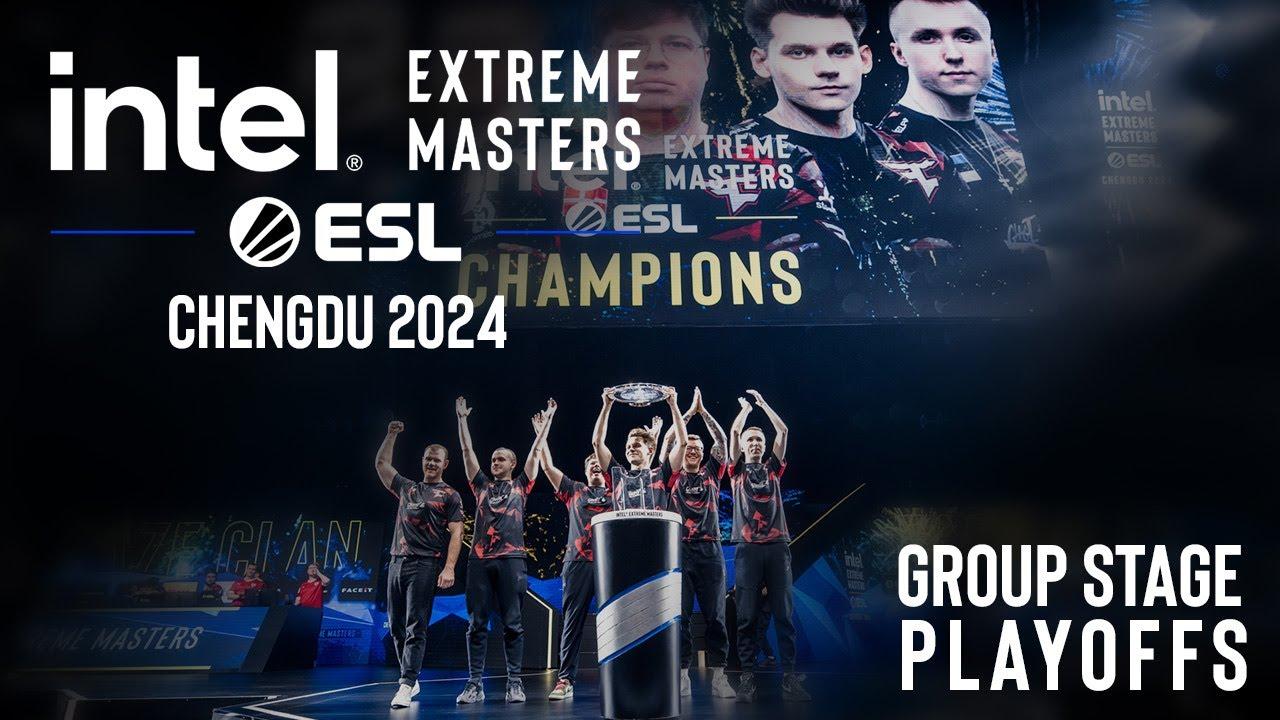
From CSGO to Valorant: What players must know about the switch
Valorant and Counter-Strike: Global Offensive have a fair amount in common, but there are some pretty big differences between Valve’s classic shooter and Riot Games’ entry into the genre. Here are some of the biggest differences between the granddaddy of competitive shooters and Riot’s addicting entry.
Valorant’s corners are deadly
In Counter-Strike, corner camping is almost impossible. The corners in Valve’s FPS are very shallow, meaning that as long as the player peeks them wide enough, they should be able to see an arm or shoulder of any player hiding in it. Not so with Valorant. The corners are so deep that hiding in a corner is a very viable strategy. That said, prefiring a corner is always an option, especially in late round situations if the enemy already knows the player’s position. If the remaining defenders don’t know where the attacker is, wide corner swings with weapons preaimed at head level are effective.
If an enemy player has camped a corner, the team needs to take note. Camp one corner and they’ll camp another. If people are getting caught out by an opponent, especially an attacker that’s holding an aggressive corner, there’s no excuse if they’ve played a tight corner before.
Most Valorant maps favor early defender pushes
Early, aggressive plays from the defense are uncommon in the upper levels of Counter-Strike. In fact, outside of set strategies on certain maps, they’re essentially unheard of. Due to the defense’s ability to set up close to chokes in Valorant, however, early aggression is the norm. Attackers have little advantages in the early round, especially when players still have the vast majority of their utility. While teams still want to bait out defenders’ utility just like Counter-Strike, the first 15-20 seconds should see at least 2 attackers watching for fast flanks. Teams on both sides really don’t want to have to use their utility here, so if a capable player holds a flank and can draw out a smoke from an aggressive defender, that’s a win.
Nades and abilities are similar, but Valorant’s abilities all different from one another
In Counter-Strike, grenades thrown without throw binds have two elements. One button takes them out, and another throws them. Simple.
Valorant’s abilities are a chore to remember at first. There’s little indication which abilities go off instantly, which ones need to be held or targeted, and which ones can be cooked. Some need to be held and aimed, others simply pressed. Players should make sure they spend some time in Valorant’s awesome training range with a new character, even before they hop into an unranked game. In Valorant, abilities aren’t secondary to firearms, even though the game’s guns are definitely powerful.

Nothing is more frustrating than for a teammate to not understand the character they’re playing, especially when a round could’ve been won with a little extra effort to learn which of Sage’s green balls is her slow and which one is her heal.
Valorant’s map portals are a game-changer
Some of Valorant’s maps feature portals and much like the original Halo, these portals are one-way. They’re normally located right on the attacking side of a chokepoint, making it easy for defenders to quickly rotate after an enemy’s flank. This capability comes with a cost, though. The portals make a ton of noise when a player uses one, and they can’t go back. If the attacking team can bait a teleport out from an overzealous defending team, a full run rotate is normally enough.
The sound is incredibly loud, and the door that protects the teleporter is wallbangable. Not only that, but grenades, drones, and arrows all can be teleported as well. A quick rotate, especially when the enemy is inside the choke, is worth its weight in gold.
Bunny Hopping is way different
In CSGO, after players leave the ground on their first jump, bunnyhops require them to let go of the W key. If they don’t, they’ll bleed speed fast and no amount of air strafing can save them. In Valorant, players actually have to hold the forward key while airstrafing. Valorant’s bunnyhops are much easier to hit generally, and having to hold forward is actually much more natural than having to let go of it. Not only is the first hop easier, but it’s also simple to chain five or six hops together.
Valorant has definitely borrowed the good parts of Counter-Strike and improved upon them. The game’s recent patches have reeled in some of the things that were a little off in the early days of the beta, and Riot has continued to squash bugs as they’ve come up. At this rate, the game should be in great shape for its release later this summer.
Recommended

How many coins to unlock everything in Mario Kart 8 Deluxe?
You’ll need a good amount of coins to unlock everything in Mario Kart 8 Deluxe.

The best Content Warning mods and how to install them
Let’s spice it up a bit.

What is The Hour of Joy in Poppy Playtime?
Here’s what went down all those years ago…





